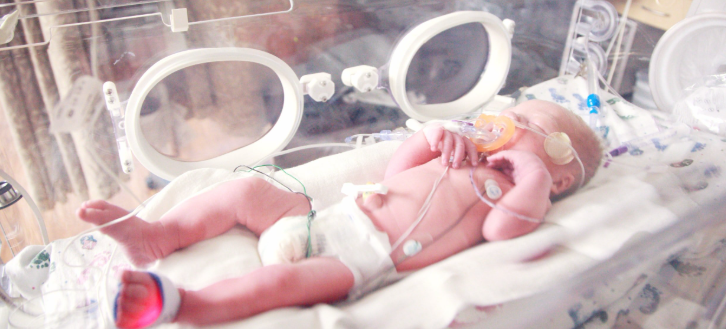The following is a summary of “Reticulated livedoid skin patterns after soft-tissue filler–related vascular adverse events,” published in the July 2024 issue of Dermatology by Schelke, et al.
Vascular complications from filler injections can manifest as reticulated livedoid skin patterns, and duplex ultrasound imaging is a valuable tool for both diagnosing and treating these adverse events. However, the relationship between these skin patterns and the underlying facial vasculature, including perforators, must be better understood. For a study, researchers sought to explore the correlation between reticulated livedoid skin patterns observed clinically and the corresponding duplex ultrasound findings, focusing on the anatomy of facial perforasomes. They sought to establish a connection between reticulated livedoid skin patterns and the findings from duplex ultrasound imaging, as well as to map these patterns to the facial perforasomes through a comparative anatomical examination.
They used duplex ultrasound imaging to diagnose and manage vascular adverse events in 125 patients who presented with reticulated livedoid skin patterns. The clinical features observed were analyzed and compared with the duplex ultrasound results. Additionally, they performed a comparative anatomical study using six cadaver hemifaces to correlate the typical livedoid skin patterns with the underlying facial vasculature, focusing on arterial anatomy and their perforators.
In the clinical observations, the affected skin regions exhibited a distinct reticulated livedoid pattern corresponding to specific arterial structures and their perforators as visualized in the cadaver hemifaces. Duplex ultrasound imaging revealed disturbed microvascularization in the superficial fatty layer of the face, which was associated with the observed skin patterns. Treatment with hyaluronidase led to clinical improvement, characterized by the resolution of the livedoid skin patterns and restoration of blood flow in the affected perforator arteries. The study demonstrated that these skin patterns are linked to the underlying perforators of the superficial fat compartments.
The reticulated livedoid skin patterns observed in patients experiencing vascular adverse events from filler injections reflect the involvement of facial perforators. Duplex ultrasound imaging effectively reveals the microvascular disturbances associated with these skin patterns, and hyaluronidase treatment leads to clinical improvement and restoring normal blood flow. The study provided insight into the anatomical basis of livedo skin patterns and supported duplex ultrasound for managing filler-related vascular complications.














Create Post
Twitter/X Preview
Logout